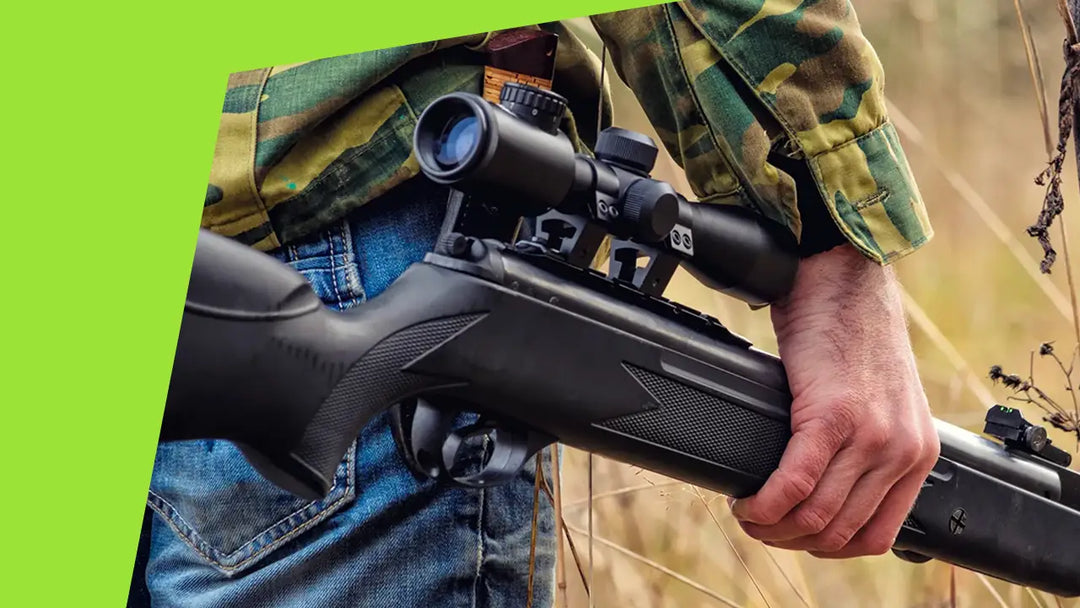How to pack your backpack correctly for an overnight stay in the forest
Heading out, never grumpy? Then it helps to be able to walk without back pain! When you're going on longer trips, the question is always – what to bring, and how on earth are you going to carry it around? Having carefully planned how you pack your backpack will make your trip so much better. Need a refresher on how to avoid strain on your back and shoulders and not have to rummage through your entire backpack every time you need something? Then we have the guide for you. Planning The first step before you go out to enjoy the fresh air is, of course, to figure out exactly where you're going, how long you'll be there, and how many pairs of underwear you actually need. If you're going to walk for a long time, it's important to carry as light as possible. Therefore, it's good to answer some simple questions before you leave.- How long will the trip last?
- Did you remember to check the weather forecast?
- What do you need in terms of sleeping gear? Are you sleeping in a tent, a lean-to, or a hammock?
- How much water do you need before you can refill?
Once you've answered these questions, you can start to sort out what you actually need. Often, you don't need as much as you think – the less unnecessary baggage, the easier the trip.
Remember that the weather can change at any time – even if it looks like you're heading out on a sunny summer day, showers can suddenly appear. Therefore, always think about staying dry – pack clothes and sleeping bag in plastic, so you don't get wet and cold when you finally arrive. Always bring rain gear regardless of what the weather forecast looks like!
Organize your backpack smartly
Before you start stuffing your backpack full, it's important to figure out the most efficient way to pack so you can utilize the full potential of the backpack.
It might be smart to divide the backpack into three parts, and pack based on balance and how often you use the items.
Part one is the bottom. Here it's smart to pack the things you don't need to take in and out of the backpack all the time. You can safely put your sleeping bag, your big wool sweaters and extra clothes, sleeping pad, and other things you first need when you arrive at the camp.
Feel free to pack the big, but not the heaviest, items at the bottom of the backpack. If you pack heavy items at the bottom, you risk the backpack tilting backward, which can unnecessarily strain your lower back. The most advantageous is to keep the backpack close along your back. This is to improve balance and avoid strain.
So, you pack the heavier items in the middle part. Here you can pack whatever you have of food, water, and cooking appliances. Other heavy items should also be placed here, high in the backpack so you keep the backpack close to your body.
Finally, pack the top, and if you want a more practical trip, it's smart to pack the things you use most frequently at the top. Everything you need to access quickly, without having to dig through the entire backpack, goes here. This could be first aid supplies, toilet paper (remember not to leave any trace in nature!), smaller water bottles, snacks, and other things you might need along the way.
Use all the space you have!
Now that you've finished packing the main compartment of the backpack, you might still be left with some small items you'd like to find space for. Luckily, most hiking backpacks have several pockets!
In the top, front, and side pockets, you can place smaller items that free up space for the bigger things in the main compartment. Here you can put, for example, the scout knife, mosquito repellent, toiletries, and all the other small gadgets you have with you.
Test the backpack before you leave
Before you leave, it might be a good idea to test how the backpack fits on your body. If you don't, you might find out too late that the backpack sits too low, gives unstable balance, or is simply too heavy.
To avoid this, it's not a bad idea to double-check what you actually need to bring with you. Spread everything out on the floor and go through what you've packed – we often pack more than we need. Do you really need all those extra changes of clothes and cans of food? Find smart solutions with smaller, and lighter, items. Can you sort out about 30% of what you have laid out?
Packing list
You obviously know best where you're going, when you're leaving, and how long you'll be there, but we've put together a suggestion for a packing list for a night in the woods.Realizing you've suddenly forgotten something essential, you'll find everything you need at game-on.no!
Clothing:
- Wool underwear, rain gear, hiking pants, sweater and warm socks, hat, and mittens.
- It can get cold outside at night even during summer! It's always a good idea to pack an extra pair of regular socks too – walking around with wet shoes is no fun.
Cooking:
- A portable stove that includes a pot, pan, and cutlery.
- Something to light a fire with, like matches or lighters – don't use lighter fluid to start a fire!
- Choose lightweight food items – freeze-dried food, oatmeal, energy bars, and the like. Choose food that provides a high energy yield.
- At least 1.5 liters of water, both for drinking and for safely extinguishing any fires.
Useful items:
- Flashlight or headlamp
- Hygiene items like toothbrush, toothpaste, and toilet paper
- First aid kit – very important to have!
- Mobile phone and charged power bank
- Map and compass
- Small knife (remember to check the rules for allowed knife use!)
- Trash bags
- Sitting pad
Now you're ready for the trip!
Now that you have packed your backpack in the right order and with the right weight distribution, you're almost ready to go. Before you leave, it's important to remember a few simple rules:
Don't leave anything that wasn't there before you arrived! Always bring trash bags, and bury your toilet visit if necessary.Make your backpack as waterproof as possible for the best hiking experience, and make sure to help your back stay comfortable, so you can go hiking for many years to come!
Good luck, and remember that everything you need for your trip can be found at game-on.no!Live Skartveit










Leave a comment